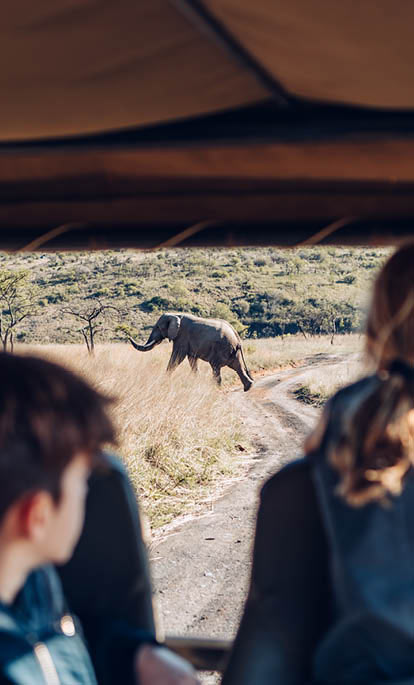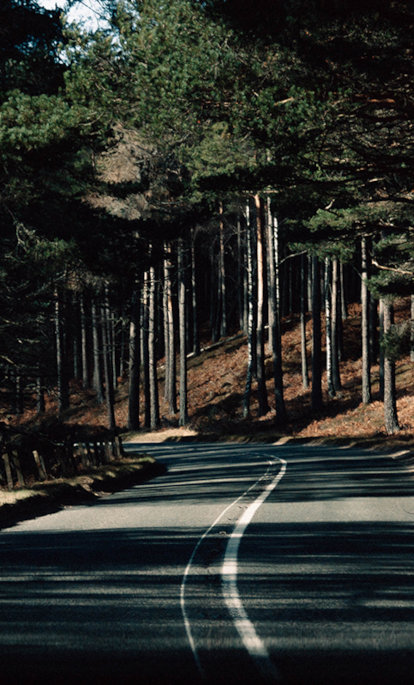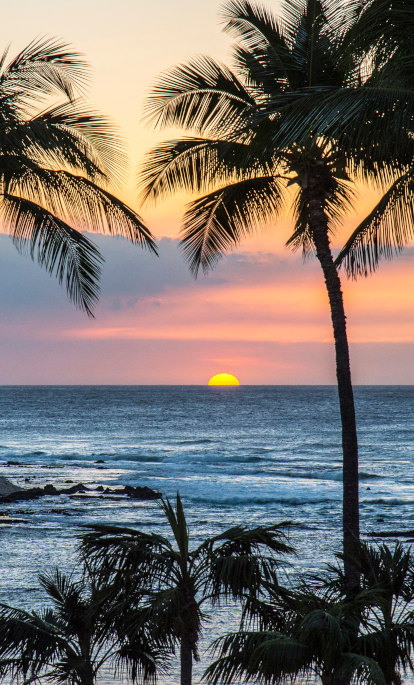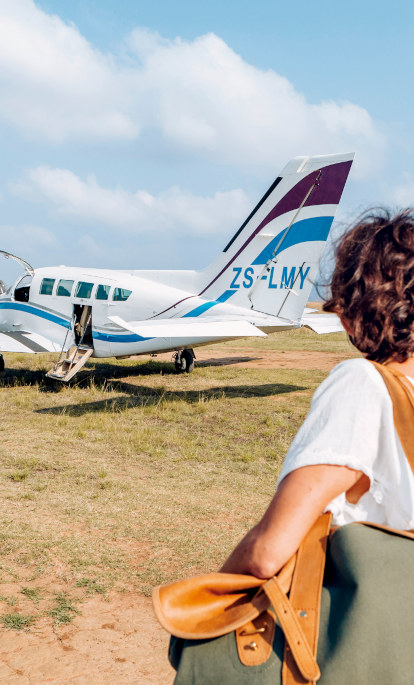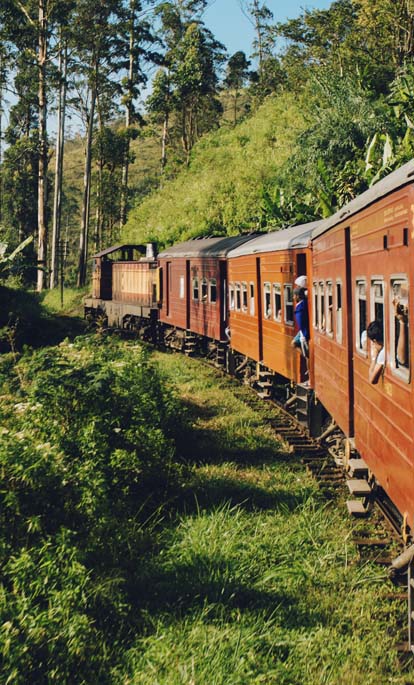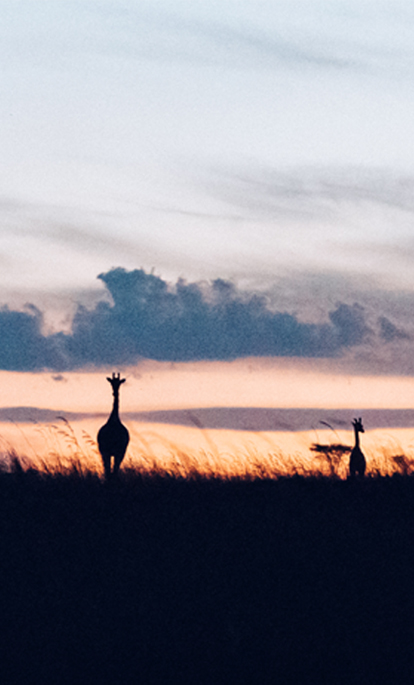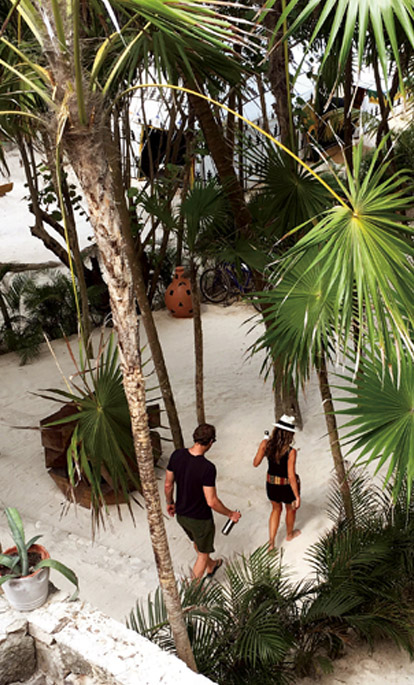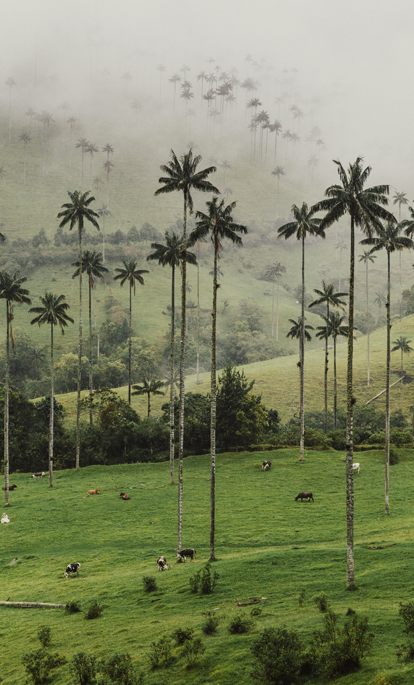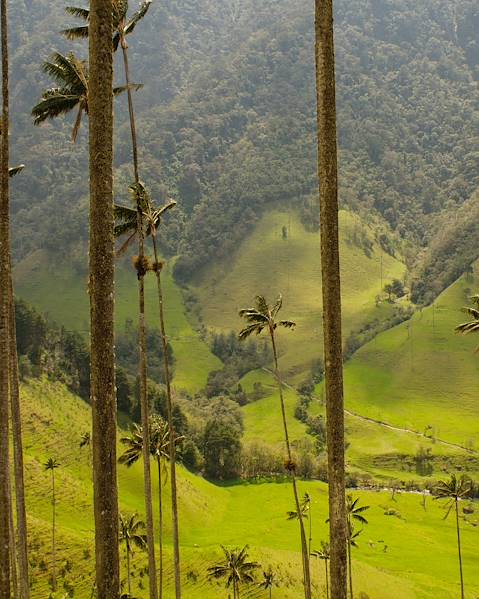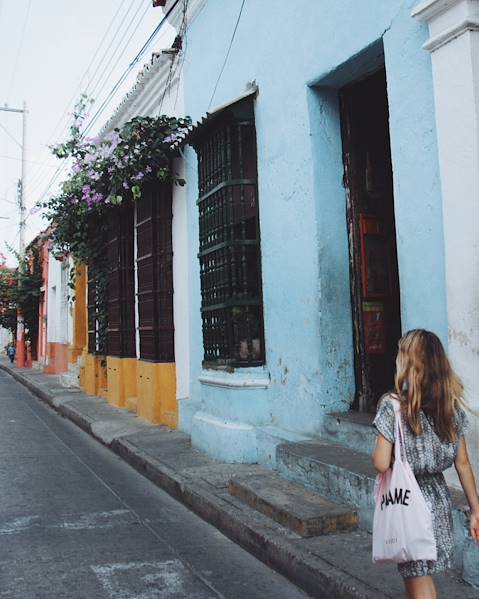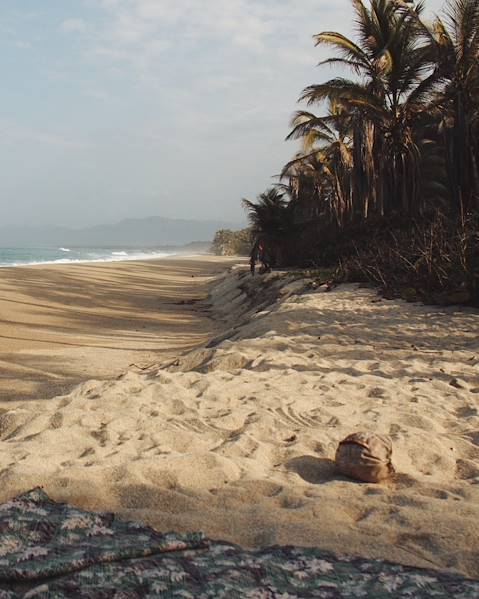Population
50,566,027 (2019)
Official language
Spanish. but indigenous languages have a co-official status.
Languages spoken
The Colombian Spanish is close to European Spanish, however there are a number of local variants grouped under the names, ‘dialects of the mountains’, ‘lowland dialects’ and ‘dialect of Bogota’. 80% of Colombians speak one or more of these versions of the Castilian language. In the Afro-Colombian communities, three remain Creole-based: Anglo-Jamaican, San Andrés and Palenquero. The indigenous Colobians speak languages belonging to a dozen language families: the main families being the Arawak, Chibcha, Quechua and Tupi-Guarani; but given a reduction in the number of speakers, these languages are at risk of fading out.
People
Mestizo (White-American Indians) account for about 58% of the population; the ‘Blancos’ Europeans are around 20%. Afro-Colombians are officially 18%, but some estimates range up to over 30%, which calls into question the official figures. As for the indigenous Colombians/American Indians, their 85 nations across the country represent only 3.7% of Colombians. The Arawaks, the Embera, the Paez, Guahibos and Guambianos still have relatively large populations.
Religion
95% of Colombians are Catholic. Despite a slight decline, the practice is still widespread.
National Holiday
20 July: Anniversary of Independence (1810).
Holiday Schedule
- January 1: New Year's Day.
- January 6: Epiphany.
- March 19: St. Joseph.
- May 1: Labour Day.
- June: Sacred Heart festival.
- 29 June: Saint Peter and Saint Paul.
- 20 July: National Day.
- August 7: Anniversary of the Battle of Boyaca.
- August 15: Assumption.
- October 12: Day of the Discovery of America.
- November 1: All Saints Day.
- November 11: Independence of Cartagena.
- December 8: Immaculate Conception.
- December 25: Christmas.
History
Prior to the Spanish conquest, the territory of present Colombia was populated by nomadic hunters and semi-nomadic farmers, and mainly dominated by the Chibcha Andean people. They exploited gold, emerald and salt; they grew maize and potato. But at the time of the Spanish arrival in the early 16th century, it was the two tribes - the Muisca and the Tayrona on the Caribbean coast - that inhabited present-day Colombia. Santa Marta was founded in 1525 and Cartagena de Indias (Cartagena), in 1533. Three years later, the conquistador Gonzalo Jimenez de Quesada (1509-1579) headed southwards along the Rio Magdalena. In 1538, he founded Santa Fe de Bogota (Bogota) and, in one movement, established the Captaincy General of New Granada (first in the dependence of the Peruvian vice-royalty). New Granada (present Colombia, Ecuador, Panama and Venezuela) was established as a viceroy in 1717, with Santa Fe de Bogota the capital. Meanwhile, many of the native people died of exploitation, abuse and disease: smallpox, typhus, influenza, diphtheria and measles. To make up for the lack of manpower, the settlers brought over black slaves.
In 1810, the first Parliament was established in Bogota. In 1813, independence was proclaimed and in 1819 the Republic of Gran Colombia (corresponding to the former Viceroy of New Granada) was on track, led by Simon Bolivar (1783-1830) and Francisco de Paula Santander. Both of these figures are the founders of the two formations that still dominate Colombian political life: the conservative party (Bolivar) and the Liberal Party (Paula Santander). In 1830, Ecuador and Venezuela left the Republic and there was a short military interlude. Slavery was abolished in 1851. The turn of the century saw the War of a Thousand Days, pitting conservatives and liberals and killing 100,000 Colombians. The war was supported by the US, which intended to carry out and monitor the digging of the Panama Canal.
The Panamanian separatists withdrew in 1903. The 9 April 1948 saw the assassination of the Liberal Jorge Eliécer Gaitán (born 1898) which triggered La Violencia – a civil war that wiped out 300,000 people in five years. The militias of all stripes that appeared during this time have a long posterity, setting the foundations for the political ideas for left and right and the republican institution was permanently shaken. From 1958 to 1978, as part of the National Front (against subversion), the Liberals and Conservatives alternated in power. The Front stabilized but the left opposition was radicalised and adopted revolutionary communism. At the same time, the state supported the paramilitary groups of the extreme right. During the 1960s the FARC (Fuerzas Armadas de Colombia revolucionarias, pro-Soviet), ELN (Ejercito de Liberación Nacional, Castro) and the EPL (Ejercito Popular de Liberacion Maoist) emerged from the underground. However, the army kept these movements under control. It was a different story though with the Movimiento 19 de abril (M-19) - established in 1974 – that adapted its methods in urban and modern communication technology. This resulted in the stiffening of the state in the 1980s (which gave free reign to the death squads), and the reactivation of rural revolutionary movements. At this point, Colombia was a hub for international drug trafficking.
The cartels of Medellin and Cali held a candle to the state, yet they undermined the authority, and the guerrillas looked to narco-terrorism and hostage-taking. The drug money flourished and it financed everything, leaving the country deadlocked. In 1990, M-19 demobilised and adopted a legal path; President Virgilio Barco (1921-1997) launched the idea of a Constituent Assembly, and a new constitution, progressive and modern, was adopted the following year, reviving the political game. This is without counting the FARC and the ELN, which intensified their military actions. The Clinton administration invested in Colombia (anti-terrorism, anti-drug, social programs) with lacklustre results. In 2002, upon his arrival to power, Uribe advocated a policy against Marxist guerrillas in the country. He made safety his focus and set up a ‘democratic security’ program, in particular strengthening the size of the army and police. The methods were radical and questionable but it made a significant impact.
In 2010, Juan Manuel Santos was elected as President and continued the work begun by his predecessor. This in turn led to a firm policy against the FARC. It also urged the beginnings of a dialogue for peace. The negotiations are going well and the country is close to finding a final peace agreement with this revolutionary force majeure. Colombia is still prone to internal violence and breaches in compliance with human rights, but the guerrillas presence has fallen significantly in many areas of the country. Today it is possible to travel in the three major ecosystems in Colombia: the Andes, the Amazon and the Caribbean.
Policy
Colombia is a republic governed by a constitution adopted in 1991. The president is both head of state and government; elected for four years by universal suffrage, its mandate is renewable once. In parliament, the Congress has two chambers: the Senate, the upper house, 102 senators elected for four years and the House of Representatives to 166 members, who are also elected for four years. The Supreme Court is the highest court.
Famous Colombians
Screenwriter, novelist and journalist, Gabriel Garcia Marquez (1927-2014) is one of Colombia’s most famous exports, most notably for his acclaimed novel, One Hundred Years of Solitude (1967) but also for his tireless activity as a political journalist and critic, earning him the Nobel Prize for Literature in 1982.
Famous from the pitch, Carlos Valderrama (born 1961) – also known as El Pibe – was one of the country’s top players, winning legions of fans with his distinctive wildly curly hair and scooping the award for South American Footballer of the Year in 1987, 1993 and 1999.
Singer-songwriter and star of the stage, Shakira (born in 1977) - Shakira Isabel Mebarak Ripoll - was born in Barranquilla. Famous for her fiery dancing and powerful voice, she’s also a noted philanthropist, founding the Pies Descalzos Foundation, which funds special schools for poor and disadvantaged children across Colombia.
There’s also Pablo Escobar (1949-1993) – the notorious drug lord whose name has been bandied across the media with very real blood on his hands and a net worth of $30 billion at the time of his death in 1993. The boss of the Medellin cartel was pursued by the army, the Colombian police and anti-narcotics services from across the world. He eventually died in a shootout after escaping from custody.
The fictional character Juan Valdez (created in 1959 by DDB Worldwide) has one of the most famous moustaches in the country: dreamt up to promote the National Federation of Coffee Growers of Colombia. See the iconic image of the moustached character with his mule, Conchita, and you know it means ‘100% Colombian coffee’.
Another distinguished Colombian figure is Camilo Torres (1929-1966) – a socialist, Roman Catholic priest, and a member of the Marxist-inspired rebel group, National Liberation Army (ELN) guerrilla organisation. The leftist rebel was killed during an ELN ambush of the Colombian Military control, and has since become an emblem for the fight for Latin American freedom.
Finally, Francisco de Paula Santander are Omana (1792-1840) was the comrade of Simon Bolivar and his vice president, his opponent, and then his successor. Colombia's independence hero, he symbolises the country’s liberal and social aspirations.
Etiquette
Tipping is at your discretion. For anybody taking a trip with us, you have our assurances that gratuities will never replace a salary, but tipping is greatly appreciated. For drivers, we recommend a minimum of £1.50-£2 per person, per day and to double this for guides. As for local staff (porters, waiters etc) this can vary widely. It’s best to align your tip with the economy of the place: estimate the amount by comparing with the price of a beer or of a tea to ensure it fits with the standard of living. Always refrain from handing out money or items to people, especially children, in the streets as this encourages begging.
Shopping
Colombian crafts are varied and many are made using techniques from the pre-Columbian era: weaving, embroidery, basketry, pottery, ceramics, jewellery making (gold, coral, mother of pearl). Both hammocks and woollen ponchos, called ‘ruanas’, are popular. The Vueltiao hat is a national emblem, made up of high-quality leather; there are countless items for sale influenced by the Amazon Indians: flutes, blowguns, seed necklaces or feathers; and in the cities, you can buy everything from richly decorated ceramics, to bold textiles from local artisans. Colombia is also known for its emeralds, mined in the regions of Cundinamarca and Boyaca; one of the best places to buy these precious stones is Bogota’s Emerald Market.
Food
One of Colombia’s most popular dishes is ajiaco – a soup made up of rice, potatoes or red beans with meat (beef, pork, chicken) or fish, occasionally with an additional plantain. In Bogota, it is traditionally made from potatoes, capers, chicken, avocado and cream. Sancocho soup is a very thick, hearty soup, made with root vegetables, herbs and different meats – almost like a stew. Banana leaves are regularly used in cooking, especially for tamales – flavourful fillings cooked in a masa pastry, wrapped in banana leaves. Empanadas are a popular snack – corn-flour-based pasties filled with meat, egg, cheese and fried in oil. Delicious fruits are plucked across the country, meanwhile, including ones you’ve probably never heard of: sapodilla (sapote), the Naranjilla (Lulo) the curuba (banana passionfruit), the mamoncillo (Spanish lime), Cape gooseberry, guavas, the mamey sapote… but there are also apples , bananas, strawberries, and so many more.
Drink
Avoid drinking tap water and ice. Stick instead to bottled mineral water (always ensure the seal hasn’t been broken), soft drinks, or beer. Fruit juices are delicious. Aguardiente is an anise-flavoured liquor made from sugar cane; and there are good bottles of dark rum across Colombia. In the Andes, chichi is an ancient rustic corn beer, once a sacred drink to the Indians, it’s still widely drunk across the highlands. Coffee is, of course, found everywhere, often drunk sweet with (pint) or without (tinto) milk.
